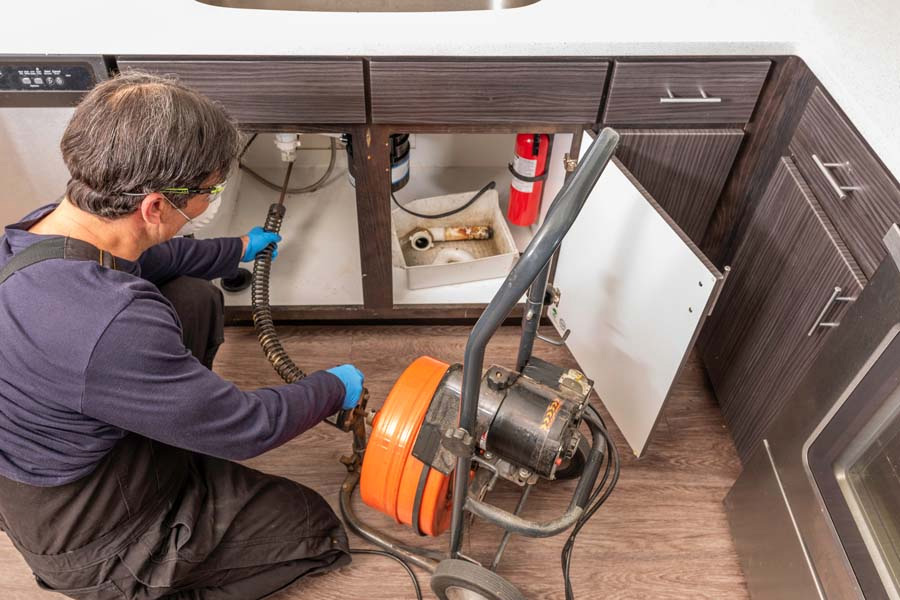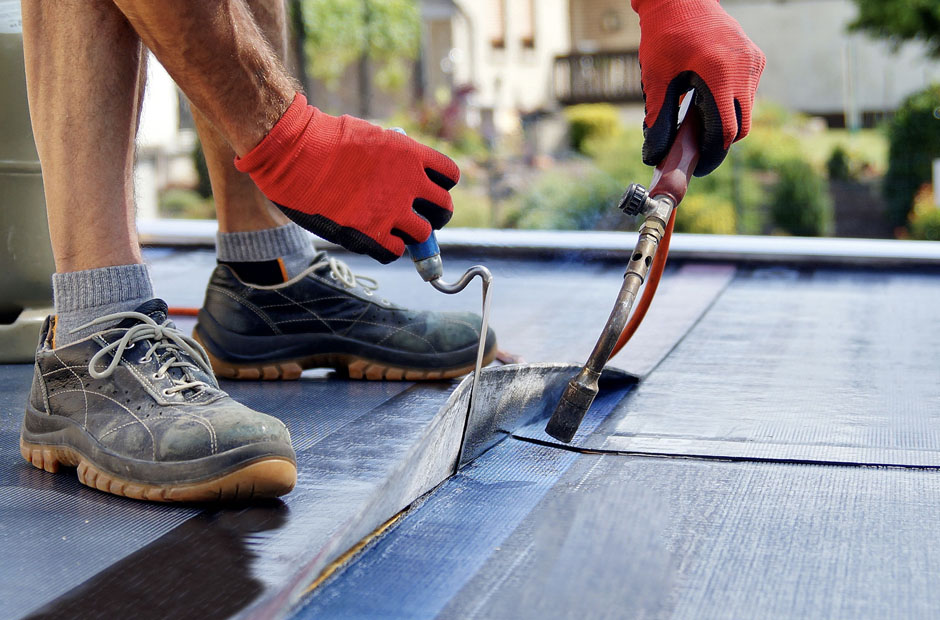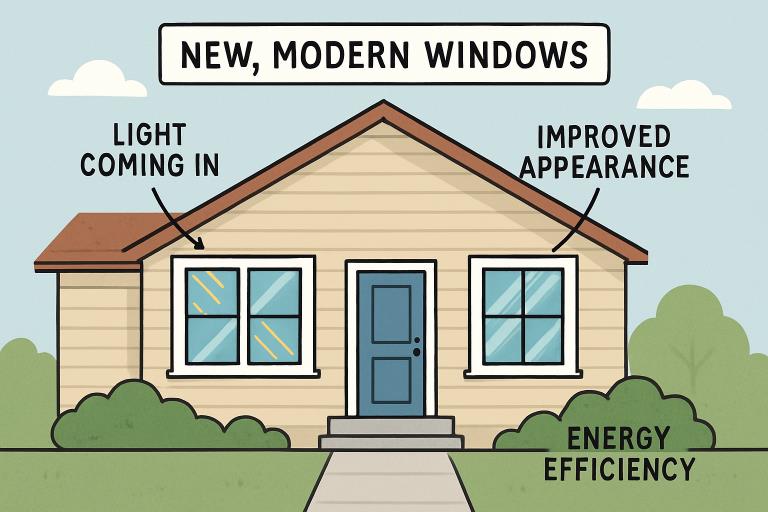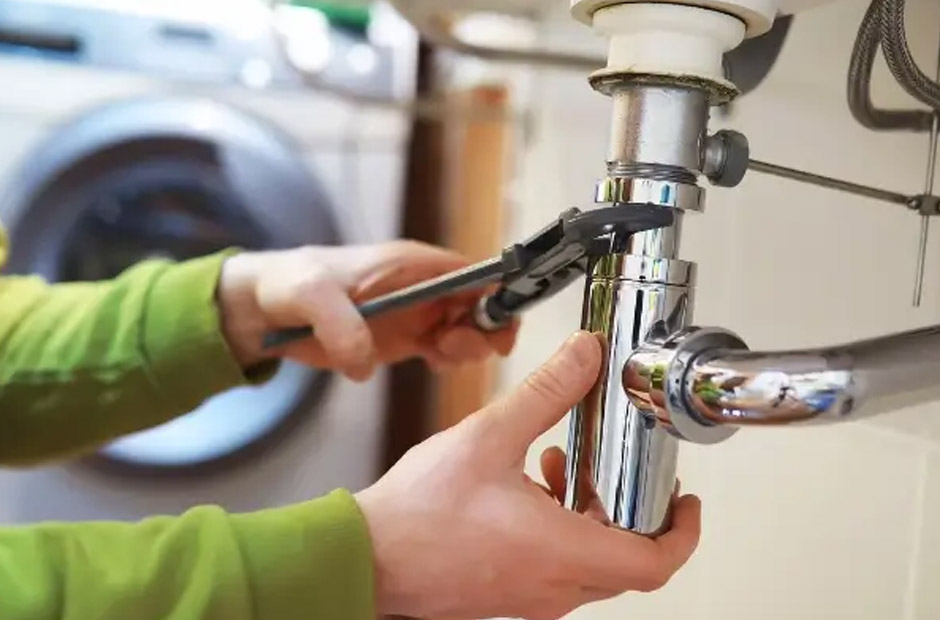Now Reading: How Professionals Break the Unbreakable: Advanced Drain Cleaning in Houston
-
01
How Professionals Break the Unbreakable: Advanced Drain Cleaning in Houston
How Professionals Break the Unbreakable: Advanced Drain Cleaning in Houston

When a Plunger Won’t Cut It: The Houston Drain Dilemma
There’s a particular kind of dread when water starts pooling at the edge of the sink — slow at first, then stubborn, then immovable. In Houston, that dread is familiar: older homes, varied pipe materials, heavy mineral deposits, and sprawling root systems conspire to make ordinary clogs feel like cast-iron mysteries. A plunger or off-the-shelf chemical cleaner can sometimes do the trick, but the city’s mix of conditions routinely demands a different playbook — one that pairs technology with local know-how.
Why Some Clogs Refuse to Budge
Grease is a quiet saboteur. It looks harmless when warm and liquid, but once it cools it clings to pipe walls like wallpaper paste, catching food particles and coffee grounds until flow becomes a memory. Then there are tree roots — patient, opportunistic architects that infiltrate tiny cracks in ageing lines in search of moisture and nutrients. Add mineral buildup from hard water, shifting soils that stress joints, and narrow or corroded pipes in older neighborhoods, and you’ve got a coalition of problems that resists amateur fixes.
The Tech Pros Bring: Camera Inspections and Hydrojetting
When a pro walks up to a stubborn drain, the first move is almost never a blind guess. High-definition camera inspections let technicians see the interior of the pipe in real time, diagnosing whether the issue is grease, roots, collapsed pipe, or mineral encrustation. That sightline changes everything — they don’t just attack the symptom; they target the cause.
Hydrojetting is the cinematic follow-through. Picture a focused torrent of water blasting away years of buildup, soap scum, and organic matter without the corrosive aftermath of harsh chemicals. It’s powerful enough to cut through consolidated residue but, in experienced hands, gentle enough to preserve the integrity of most lines. For root intrusions, camera footage guides whether a mechanical rooter, targeted cutting tool, or full line repair is the wiser call.
Adapting the Toolbox to Pipe Age and Water Profile
Houston isn’t monolithic — neighborhoods differ, and so do their pipelines. In areas with harder water, mineral deposits can create rough internal surfaces that attract and hold grease, accelerating the clogging cycle. Technicians adjust strategies accordingly: increased service frequency for high-mineral zones, altered jetting pressures for fragile, older pipes, and different tool selections for cast iron versus PVC.
That adaptability extends to diagnostics too. A clog that looks like grease on a camera can sometimes be mineralized biofilm, which responds better to sustained jetting than to augers. A good technician reads the pipe like a map: where it’s narrow, where it dips, where roots are likely to breach, and then tailors the approach to protect the line while restoring flow.
Local Experience: The Advantage That Isn’t Visible on Paper
There’s practical knowledge you can’t glean from a manual. Houston pros have encountered the city’s quirks — seasonal soil shifts after heavy rains, neighborhoods where a certain tree species tends to invade lines, and the telltale signs of different builders’ installation habits. That institutional memory informs everything from how aggressively to jet a line to whether to recommend an inspection after a storm.
A local company’s history of repeat calls also reveals patterns that one-off visits do not. If a particular block suffers recurring grease buildup because of shared restaurant lines or a specific water chemistry issue, a technician who has worked that area before can save time and prevent repeat failures.
Preventing the Next Nightmare: Habits That Make a Difference
The best drain cleaning plan starts before the clog exists. Everyday behaviors matter — keep grease out of the kitchen sink, skip the habit of flushing wipes, and avoid pouring coffee grounds down the drain. Run hot water after greasy tasks to keep oils in motion, and consider periodic professional cleanings if you live in an older home or a hard-water area.
There are also practical maintenance moves that slow down the clock on clogs: installing strainers in sinks, scheduling a camera inspection for older lines every few years, and being mindful of landscape choices near sewer routes. These aren’t heroic fixes; they’re small habits that stack up into fewer emergency calls and healthier plumbing.
What to Expect When You Call a Pro
Expect the job to feel methodical rather than dramatic. The technician will usually perform a camera inspection first, explain what they see in plain language, and recommend a course of action — whether that’s mechanical removal, hydrojetting, or further repair. If roots are present, the team will describe whether cutting the roots is sufficient or if pipe replacement is the safer, longer-term solution. In short: informed choices replace guesswork, and that means fewer surprises on the invoice and in the yard.
Signs You Should Stop Trying Store-Bought Fixes
If water backs up in multiple fixtures, if the blockage returns quickly after being cleared, or if you smell sewage, it’s time to stop tinkering and call a professional. Persistent problems often point to issues beyond a simple sink trap — mainline blockages, root incursions, or structural pipe failures that chemical drain cleaners won’t repair and can sometimes worsen.
FAQ
How does a camera inspection work?
A small, waterproof camera is fed into the pipe on a flexible cable, transmitting live video so the technician can identify the clog’s location and type in real time.
Is hydrojetting safe for old pipes?
Yes — when performed by trained professionals who adjust pressure to match the pipe material and condition, hydrojetting cleans without causing damage.
How often should I schedule professional cleanings?
Homes with hard water, older pipes, or recurring issues often benefit from annual or biennial inspections and cleanings, while newer systems may need service less frequently.
Can tree roots be permanently removed without replacing the pipe?
Roots can be cut and cleared, but if they re-enter through cracks, replacement or targeted repairs may be required for a permanent solution.
Will drain cleaners damage my plumbing?
Harsh chemical cleaners can corrode some pipe materials and harm seals, especially with repeated use, so they’re not a long-term remedy for serious blockages.
What everyday habits reduce the chance of clogs?
Avoid pouring grease or cooking oils down sinks, don’t flush wipes, use strainers, and run hot water after greasy tasks to keep residue moving.





















